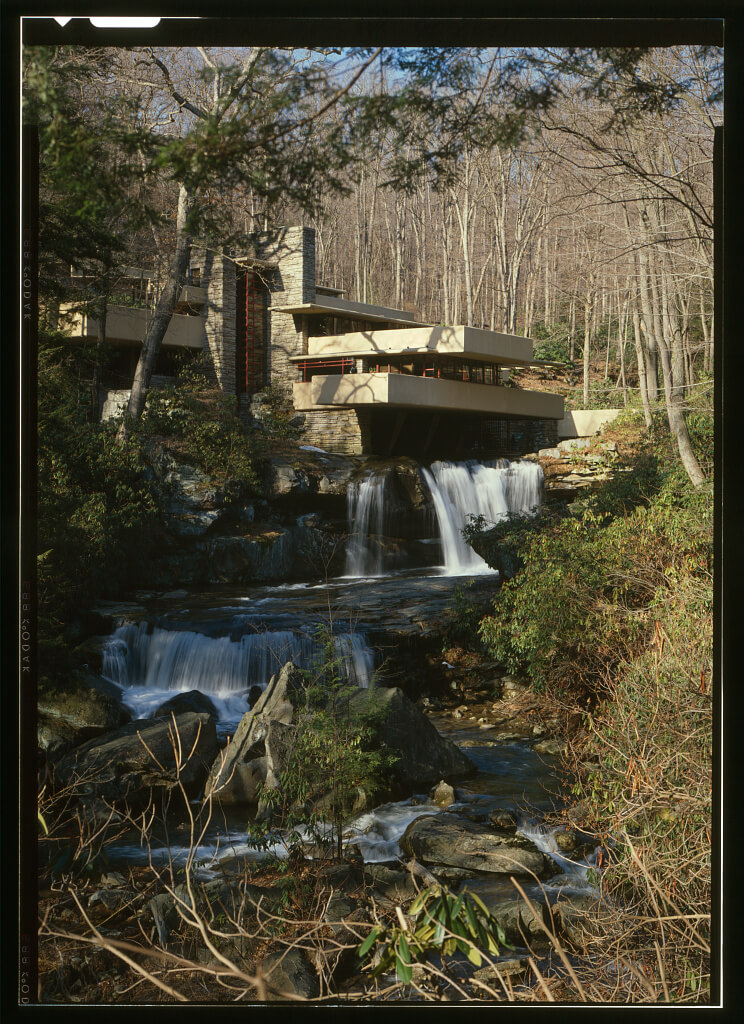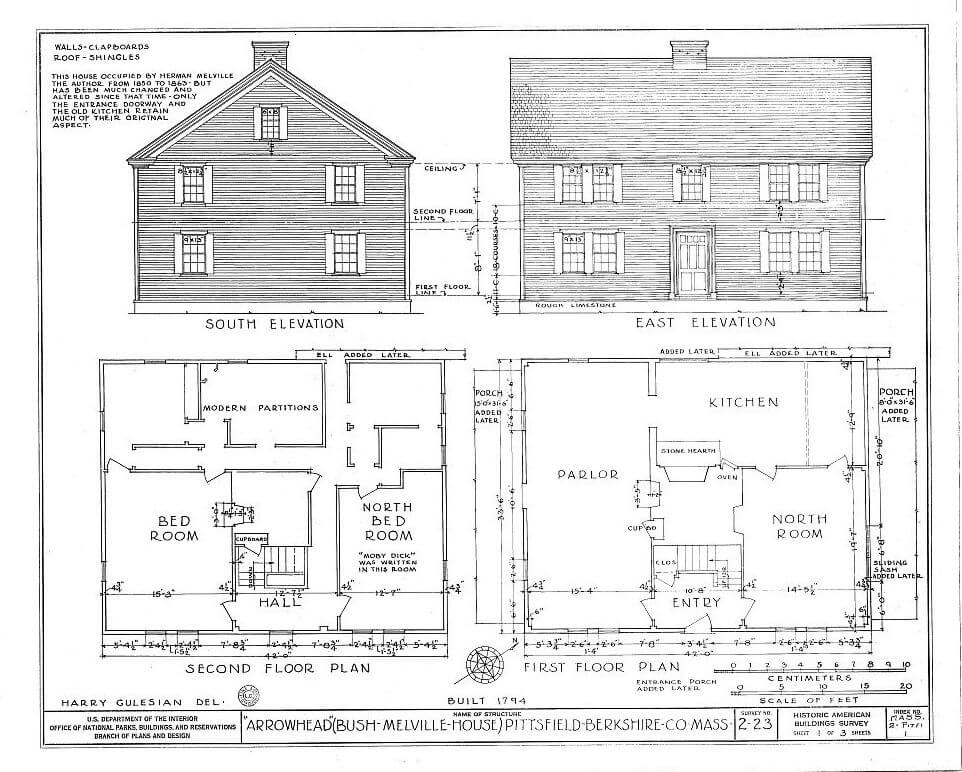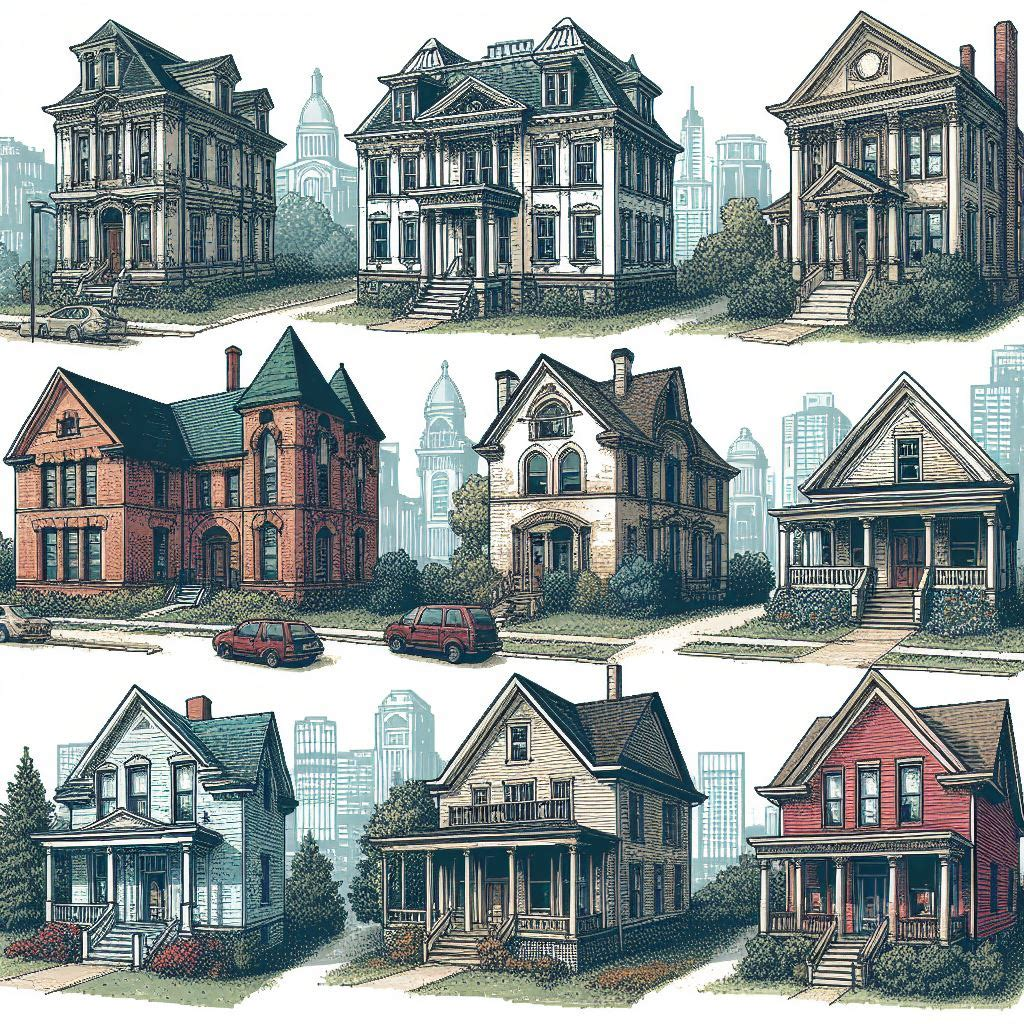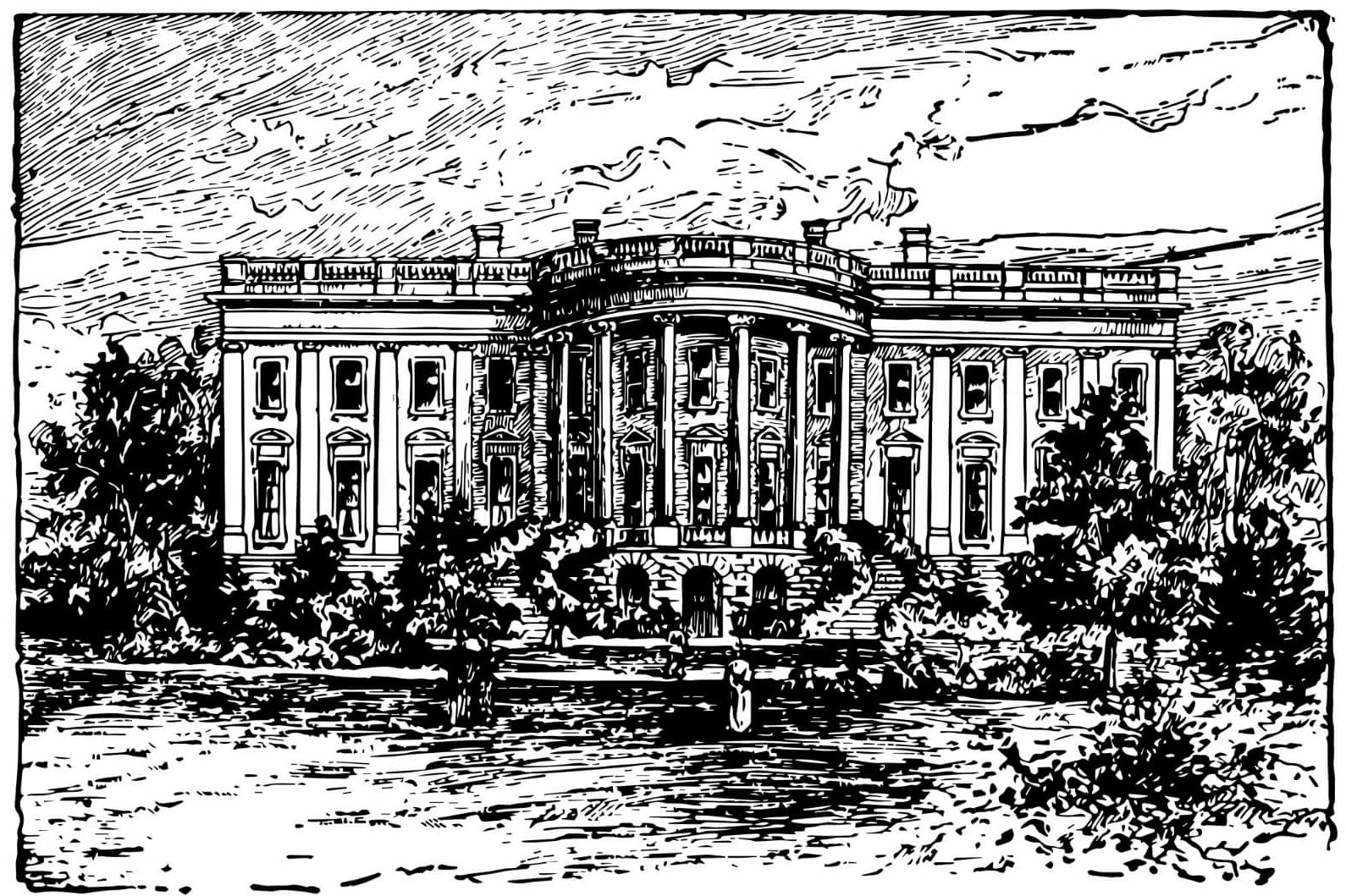So you want to name your home? Though there is evidence of house numbers being used in 16th century Paris, it wasn’t until the 18th century that street numbering schemes began to be widely applied across Europe. Before street naming and numbering became standard, house names provided distinction and aided in direction. What originated out of necessity and practicality has since evolved into a tradition of sentiment and prestige.
If names be not correct, language is not in accordance with the truth of things.
— Confucius
By Owner
Perhaps the oldest and most common practice is to name the home for its original owner. John and Mable Ringling’s Sarasota mansion Ca’ d’Zan translates from Venetian Italian to House of John, though, perhaps it should be named after Mable Ringling, who credited with the construction and design. Completed in 1926, the opulent winter palazzo takes the Mediterranean Revival style popularized in Florida by Addison Mizner during the early 20th century a step further, incorporating elements of Venetian Gothic, Italian Renaissance, and Moorish design.
In Asheville, Biltmore House takes its name from a portmanteau of proprietor George Washington Vanderbilt II’s ancestral origins, the town of De Bilt in the Netherlands, and “moor,” referencing the land on which the estate was developed. Set among the Blue Ridge Mountains in North Carolina, the French Renaissance Châteauesque Gilded Age mansion was originally built as a private summer residence, and remains the largest privately owned home in the United States.
Nomen est omen (the name is a sign).
— Plautus
Literally
Named for physical and architectural features of the properties, Whitehall, Henry Flagler’s Gilded Age winter home in West Palm Beach, Florida, was designed after the neoclassical Beaux Arts style by the architects behind the New York Public Library and the Frick Mansion, and takes its name from the multi-story white marble columns.
In Massachusetts, Jacqueline Kennedy Onassis’ Red Gate Farm homage to the pastoral _ of the property as a former sheep farm in Aquinnah on Martha’s Vineyard. Onassis purchased the property in 1979, and the Cape Cod-style main residence and guest house were completed in 1981, and are still owned by the family as a private residence.
House of the Seven Gables. Originally called Turner House after merchant and ship-owner John Turner who built the house in 1668. The home stayed in the Ingersoll family. Nathaniel Hawthorne’s relatives, Hawthorne stayed as a guest

The Big Picture
Geographical features popularly inform the names of other estates. Back in South Florida, Villa Vizcaya is situated on Biscayne Bay in Miami (Biscay being the English interpretation of the Spanish province of Vizcaya), and in West Palm Beach, Mar-a-Lago, Spanish for Sea-to-Lake, stretches from the Atlantic Ocean to the Intracoastal Waterway, previously known as Lake Worth.
Nestled in the rolling hills of Virginia, Thomas Jefferson named his historic home Monticello, Italian for Little Mountain.
Farther north in East Hampton, Grey Gardens takes its name from the color of the dunes and sea mist of the Atlantic shores on Long Island.
The evocative Frank Lloyd Wright designed Fallingwater pays homage to the unique design of the home and its integration with the tributary of Bear Run. Designed for the Kauffman family, takes its name and its design, integrates into the surrounding environment
A House by Any Other Name
Built by Captain David Bush, the wood frame and clapboard house was apparently used as an inn. The Bush family sold the property to Pittsfield doctor John Brewster in 1844, who in 1850 sold the 160 acres (65 ha) property to the writer Herman Melville. Herman Melville’s Pittsfield home Arrowhead named for the arrowheads found on the property. here he wrote Moby dick, the short story collection known as piazza tales named for the porch at arrowhead, and the magazine article I and my chimney. though many properties in the Berkshires are situated with the porch facing south, arrowheads faces out gray lock. the Melvilles moved into Pittsfield in 1862, but sold Arrowhead the following year to Herman’s brother Allan. The Melvilles then returned to New York City, where Herman eventually found work as a customs inspector.
Others are rechristened with new ownership, like George Washington’s Mount Vernon. Originally called Little Hunting Creek Plantation, the property was renamed in honor of Lawrence Washington’s former military commander British Admiral Edward Vernon.






